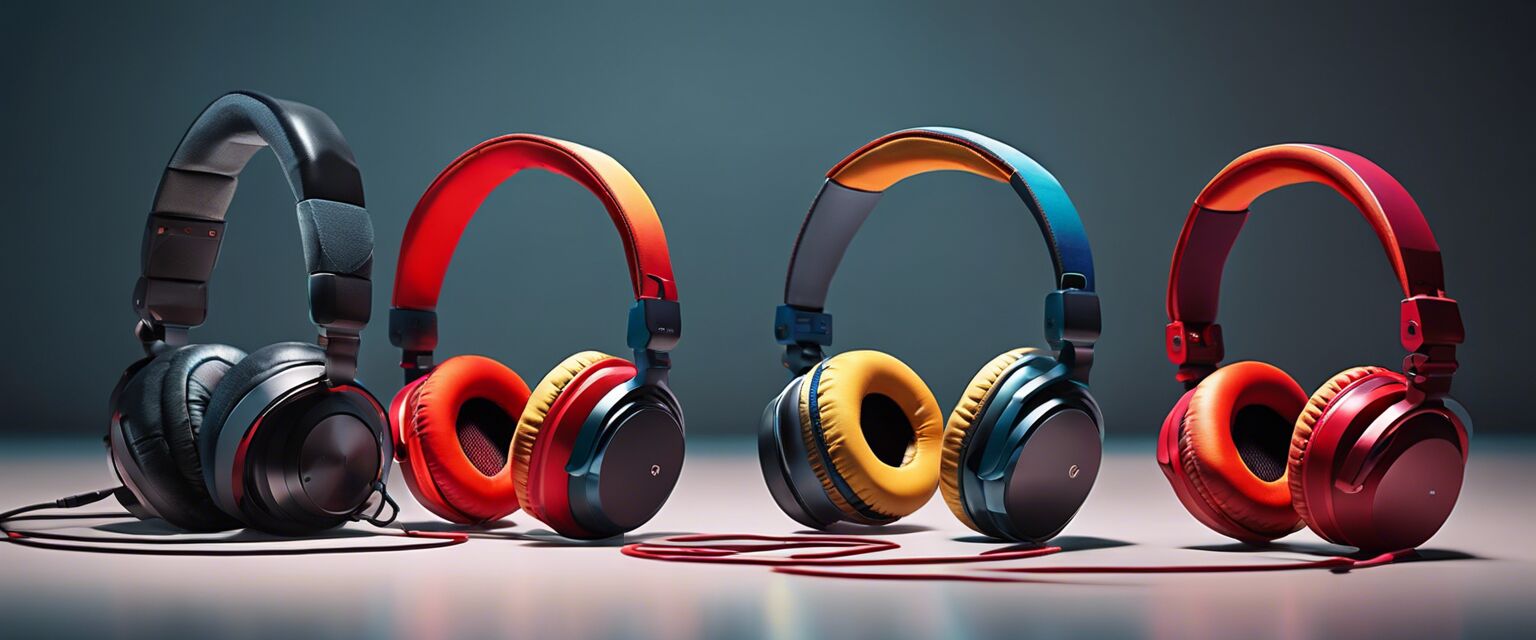
Professional Audio Interfaces
Key Takeaways
- Audio interfaces are essential for high-quality sound recording and playback.
- They connect microphones, instruments, and other audio equipment to your computer.
- Choosing the right audio interface can enhance your music production experience.
- Look for features like number of inputs, output quality, and compatibility with your setup.
In the world of music production, having a reliable audio interface is crucial for achieving professional sound quality. This article explores the best professional audio interfaces available on the market, helping you make an informed decision. Whether you're a musician, podcaster, or broadcaster, understanding audio interfaces will elevate your audio game.
What is an audio interface?
An audio interface is a device that connects your musical instruments and microphones to your computer. It converts the analog signals from these devices into digital data that your computer can process. This conversion is essential for recording and mixing audio tracks effectively.

Why you need a professional audio interface
Many people start by using their computer's built-in sound card, but if you're serious about audio production, investing in a professional audio interface is a must. Here are a few reasons why:
- Improved sound quality: Professional audio interfaces offer higher-quality audio conversion than standard sound cards.
- More input/output options: They provide multiple inputs and outputs for various instruments and devices.
- Lower latency: Audio interfaces reduce the delay between input and output, allowing for real-time monitoring and recording.
Key features to consider
When selecting an audio interface, you'll want to consider several key features:
| Feature | Description |
|---|---|
| Number of Inputs | The more inputs available, the more instruments or microphones you can connect simultaneously. |
| Number of Outputs | More outputs allow for flexible monitoring and routing options. |
| Bit Depth and Sample Rate | Higher values result in better audio quality and fidelity. |
| Connectivity | USB, Thunderbolt, or FireWire connections can influence compatibility with your computer. |
| Software Compatibility | Ensure the interface works seamlessly with your preferred digital audio workstation (DAW). |
Types of audio interfaces
There are various types of audio interfaces, each with its unique features:
- USB Audio Interfaces: Widely used and compatible with most computers.
- Thunderbolt Interfaces: Offer faster speeds, ideal for professional setups.
- FireWire Interfaces: Less common but still used in some high-end systems.
Comparison of popular audio interfaces
| Model | Inputs | Outputs | Connectivity | Price Range |
|---|---|---|---|---|
| Focusrite Scarlett 2i2 | 2 | 2 | USB | $150 - $200 |
| PreSonus AudioBox USB | 2 | 2 | USB | $100 - $150 |
| Universal Audio Apollo Twin | 2 | 6 | Thunderbolt | $900 - $1200 |
| Behringer UMC404HD | 4 | 4 | USB | $150 - $200 |
Tips for beginners
Getting started with your audio interface
- Read the manual: Familiarize yourself with the features and settings of your audio interface.
- Start simple: Begin with basic recordings and gradually explore advanced features.
- Use quality cables: Invest in good-quality cables to ensure optimal sound quality.
- Experiment with settings: Donât hesitate to tweak settings to find what works best for your setup.
- Monitor your levels: Keep an eye on gain levels to avoid clipping and distortion.
Common issues with audio interfaces
As with any technology, you may encounter some issues while using your audio interface. Here are a few common problems and their solutions:
- Latency issues: Ensure your drivers are updated and check your buffer size settings.
- Connectivity problems: Try different USB ports or cables if your device isnât recognized.
- Noise and interference: Keep your audio interface away from sources of electromagnetic interference.
Conclusion
Investing in a professional audio interface is a crucial step in improving your audio production capabilities. Understanding the various features, types, and potential issues will help you select the right device for your needs. Remember to explore our other sections like Audio Interfaces, Microphones, and Studio Monitors for more insights on audio equipment.
Pros
- High-quality audio recording and playback.
- Multiple input/output options for versatility.
- Improved latency for real-time monitoring.
Cons
- Can be expensive, especially high-end models.
- Some models may require additional software compatibility checks.








